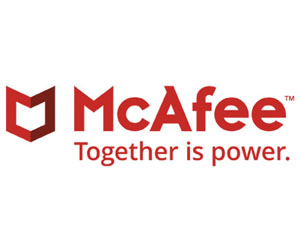The Cloud Is Key to Establishing a SASE Framework
The UCE platform uses principles of cloud-delivered secure access service edge (SASE), which converges connectivity and security to reduce cost and complexity while increasing workforce agility.
“Workforce patterns in healthcare have changed, so more people in healthcare are working from home, on systems that have sensitive health data,” says Brooke Noelke, McAfee Enterprise’s senior architect and strategist for global services transformation. “The pandemic has also accelerated the use of clouds for healthcare, and more of an organization’s traffic is going from the home to the cloud or from protected networks to the cloud.”
Noelke explains that when organizations try to use traditional security technology that protects on-premises applications, such as secure web gateways or firewalls, to safeguard data going to and from the cloud, they are failing to meet performance standards because the volume of traffic in and out of them is so much greater than before.
“Even if you avoid those issues, you aren’t achieving effective security because they go over networks we don’t control,” she says. “The first step of SASE is to establish an integrated, secure, cloud-based web gateway and broker technologies, which massively improve the security of the traffic that’s going to cloud systems.”
The Cloud Offers Another Level of Security for Healthcare
McAfee Enterprise offers a complete security architecture, including remote browser isolation, to protect clinician device traffic from hitting a website that is an infection point and exposing them to malware.
“When we see a risky website, we don’t deny them access per se; instead of processing the web page on the end user’s device, we process it in the cloud, so it is presented to them as a picture in cases where we know there’s significant risk,” Noelke says. “This secure web gateway offers critical and immediate improvements, and then we can add in additional components of SASE, like data loss prevention technology, which can be extended to all the cloud services by the healthcare organization.”
She adds that, like the digital transformation healthcare organizations are currently undergoing, the move to SASE is a journey, not a one-step solution.












